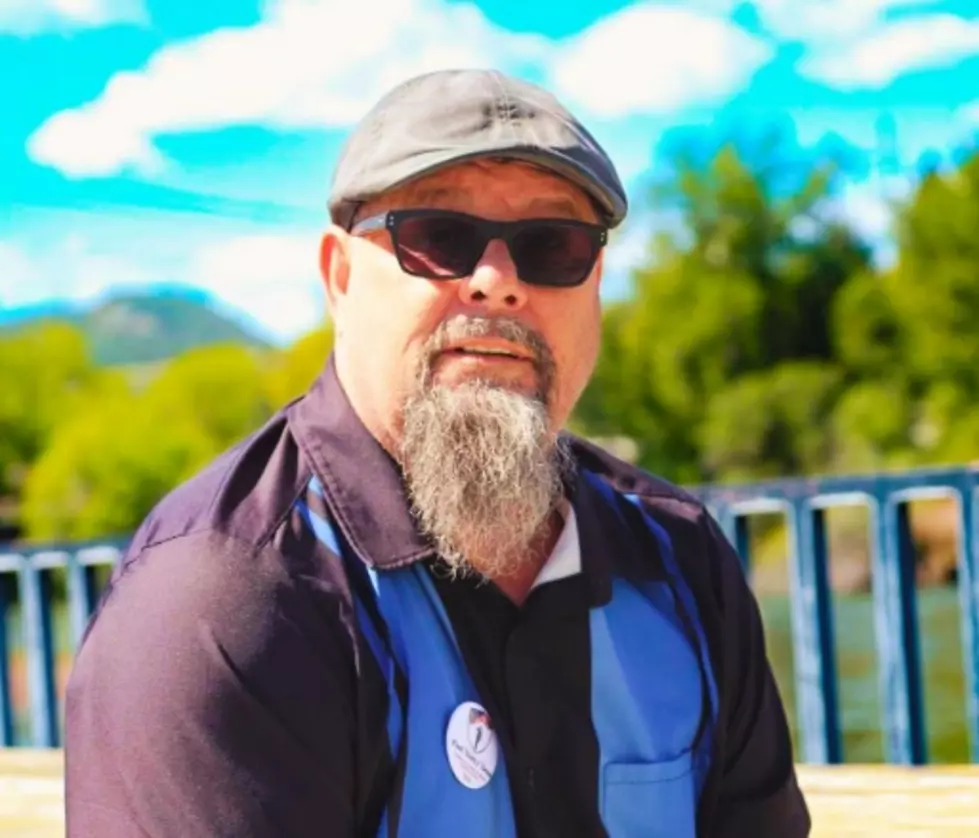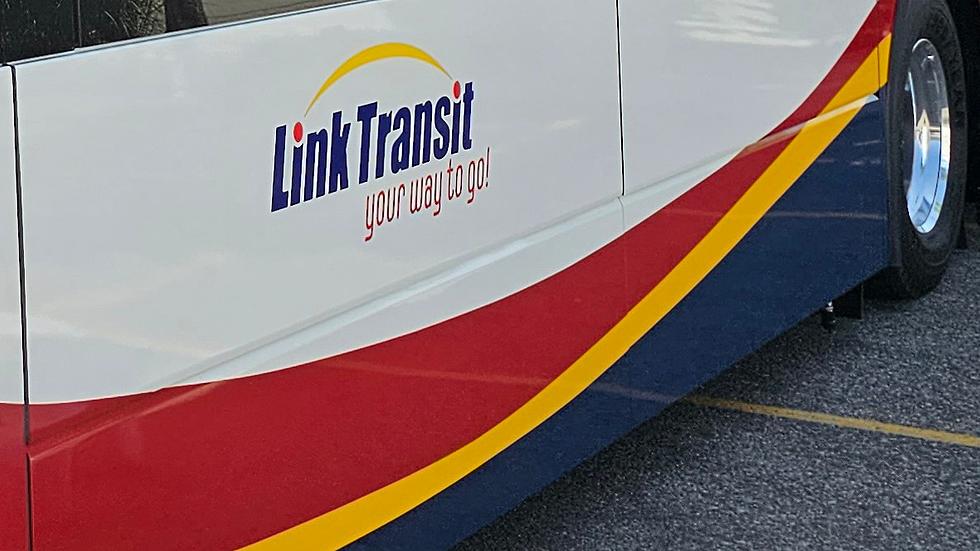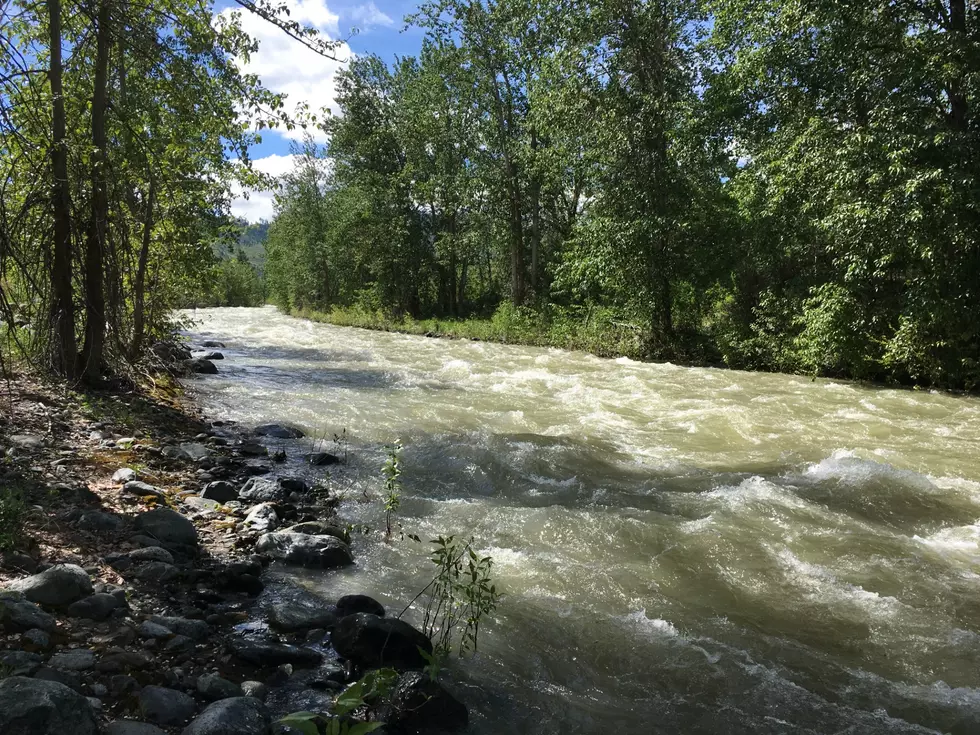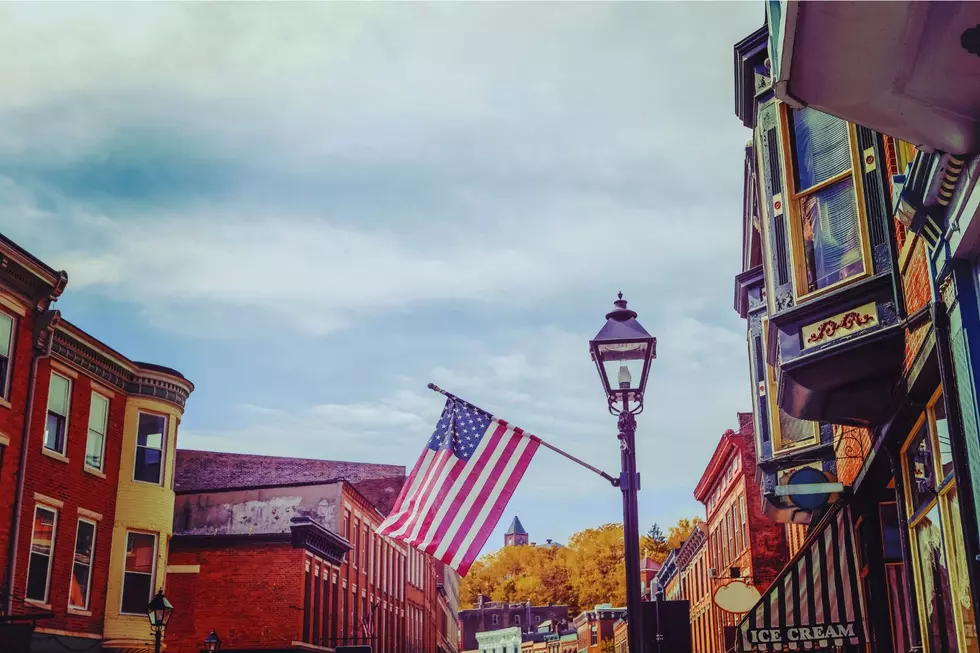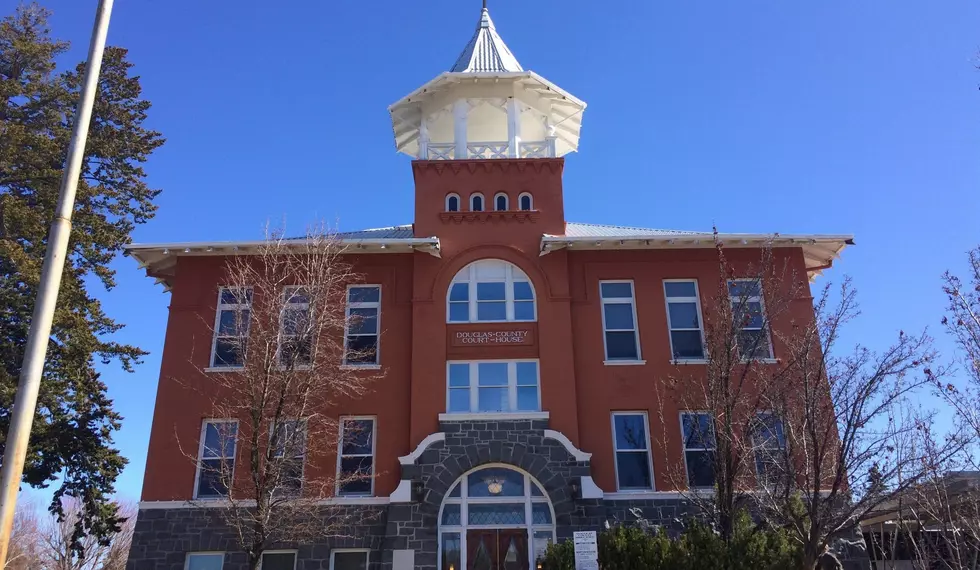Sunny skies for solar eclipse in Wenatchee
UPDATE 3:15pm
The first total solar eclipse to sweep the U.S. coast to coast in nearly a century has come to an end. Americans across the land watched in wonder Monday as the moon blocked the sun, turning daylight into twilight.
Totality - when the sun is completely obscured by the moon - lasted just two minutes or so in each location along the narrow corridor stretching all the way across the U.S., from Oregon to Charleston, South Carolina. It took about 90 minutes for total blockage to cross the country.
Two-hundred million people live within a day's drive of Monday's path of totality. So towns and parks along the eclipse's main drag have welcomed monumental crowds. The last coast-to-coast eclipse was in 1918.
Northwest cities not quite in the path of totality also enjoyed the solar eclipse.
Boise is not in totality. But birds quieted down briefly when 99.5 percent of sun was blocked. And some neighborhoods erupted into applause and hooting as residents cheered the show from their yards.
In Portland, hundreds gathered at Tom McCall Waterfront Park to see the rare celestial event. Some office workers stood on rooftops, and small crowds gathered on the sidewalks, looking skyward. Some expressed surprise that even a sliver of sun can prevent a city from falling into darkness.
Within minutes, traffic resumed on what had been eerily quiet downtown streets.
In Wenatchee, several hundred people gathered in Memorial Park where a few hundred eclipse-viewing glasses had been passed out at the nearby Wenatchee Public Library earlier. Several spoke to NewsRadio 560 KPQ's Dave Bernstein....
Some cruise passengers watched the solar eclipse as Bonnie Tyler sang her hit, "Total Eclipse of the Heart."
The Welsh singer was backed on the ballad by Joe Jonas' band, DNCE, during a Monday afternoon performance in an outdoor theater on Royal Caribbean's Oasis of the Seas.
"Total Eclipse Cruise" left from Florida on Sunday, sailing through the Caribbean toward St. Maarten on Monday, when the moon passed in front of the sun. A total eclipse was viewable in a narrow band across the sea.
"Total Eclipse of the Heart" topped the Billboard charts for four weeks in 1983. Spotify says streams of the song have increased by 2,859 percent in the U.S. and 827 percent worldwide during the past two weeks.
The crickets and other animals grew noisy as it got darker at the Nashville zoo, but when the sun was totally blotted out, it was the humans who drowned out the animals, clapping, "oohing" and "aahing" for more than the nearly two minutes the total eclipse lasted.
And then once the light returned, the show began.
The two juvenile giraffes, Mazi, a 6-month-old, and Nasha, a 3-year-old, raced in circles as the people stared. About 20 feet away, some of the rhinos were doing their best imitation of running after heading toward their pens when it got dark.
Teresa Morehead, of Indianapolis, says she was surprised to see the animals running. She says the rhinos were more confused than anything.
John Hays drove up from Bishop, California, for the total eclipse in Salem, Oregon, and says the experience will stay with him forever.
It was his second eclipse. He experienced one in Guatemala about 27 years ago. He saw Monday's eclipse from a deck overlooking the Willamette Valley and the foothills of the Coastal Range.
Hays says he liked it because he had a clear view across the entire landscape.
He says he will never forget that "it was 10:30 and it became night." He says "just watching the light become silvery, and the temperature drop, that was also a pretty amazing thing."
Original Post
Watch NASA's LIVE Stream of the eclipse here
CAPE CANAVERAL, Fla. (AP) - Total solar eclipses occur every year or two or three, often in the middle of nowhere like the South Pacific or Antarctic. What makes Monday's eclipse so special is that it will cut diagonally across the entire United States.
The path of totality - where day briefly becomes night - will pass over Oregon, continuing through the heartland all the way to Charleston, South Carolina. Those on the outskirts - well into Canada, Central America and even the top of South America - will be treated to a partial eclipse.
The last time a total solar eclipse swept the whole width of the U.S. was in 1918.
No tickets are required for this Monday's show, just special eclipse glasses so you don't ruin your eyes.
Some eclipse tidbits :
WHAT'S A TOTAL SOLAR ECLIPSE?
When the moon passes between Earth and the sun, and scores a bull's-eye by completely blotting out the sunlight, that's a total solar eclipse. The moon casts a shadow on our planet. Dead center is where sky gazers get the full treatment. In this case, the total eclipse will last up to 2 minutes and 40-plus seconds in places. A partial eclipse will be visible along the periphery. Clouds could always spoil the view, so eclipse watchers need to be ready to split for somewhere with clear skies, if necessary.
WHAT'S THE ECLIPSE PATH?
The path of totality will begin near Lincoln City, Oregon, as the lunar shadow makes its way into the U.S. This path will be 60 to 70 miles wide (97 to 113 kilometers); the closer to the center, the longer the darkness. Totality will cross from Oregon into Idaho, Wyoming, Nebraska, Kansas, Missouri, Illinois, Kentucky, Tennessee, Georgia, North Carolina and, finally, South Carolina. It will also pass over tiny slivers of Montana and Iowa. The eclipse will last longest near Carbondale, Illinois: two minutes and 44 seconds. The biggest cities in the path include Nashville; Columbia and Charleston, South Carolina; Salem, Oregon; Casper, Wyoming; and just partially within, St. Louis and Kansas City, Missouri.
LAST TOTAL SOLAR ECLIPSES IN U.S.?
Hawaii experienced a total solar eclipse in 1991. But the U.S. mainland hasn't seen a total solar eclipse since 1979, when it swooped across Oregon, Washington state, Idaho, Montana and North Dakota, then into Canada. Before that, in 1970, a total solar eclipse skirted the Atlantic coastline from Florida to Virginia. Totality - or total darkness - exceeded three minutes in 1970, longer than the one coming up. The country's last total solar eclipse stretching from coast to coast, on June 8, 1918, came in over Oregon and Washington, and made a beeline for Florida.
WHEN'S THE NEXT ONE?
If you miss Monday's eclipse - or get bitten by the eclipse bug - you'll have to wait seven years to see another one in the continental U.S. The very next total solar eclipse will be in 2019, but you'll have to be below the equator for a glimpse. We're talking the South Pacific, and Chile and Argentina. It's pretty much the same in 2020. For the U.S., the next total solar eclipse will occur on April 8, 2024. The line of totality will cross from Texas, up through the Midwest, almost directly over Indianapolis, Cleveland and Buffalo, New York, up over New England and out over Maine and New Brunswick, Canada.
More From NewsRadio 560 KPQ

